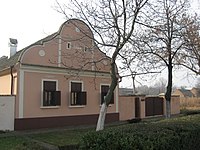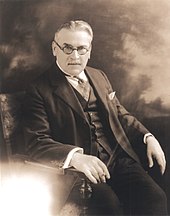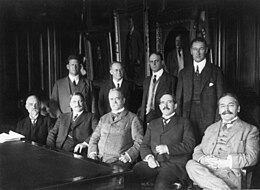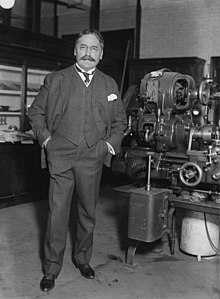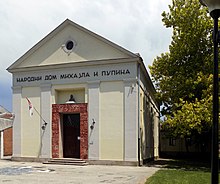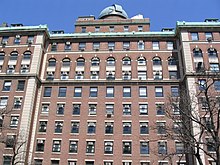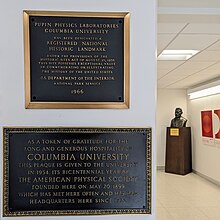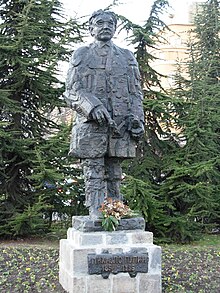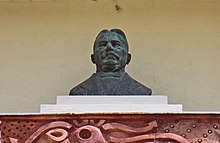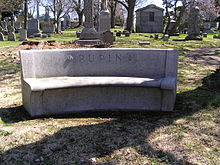Mihajlo Idvorski Pupin Михајло Идворски Пупин | |
|---|---|
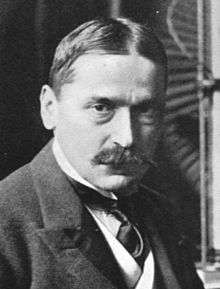 Pupin c. 1890 | |
| Born | (1854-10-09)9 October 1854 Idvor, Austrian Empire (now Serbia) |
| Died | 12 March 1935(1935-03-12) (aged 80) New York City, New York, U.S. |
| Nationality | Serbian |
| Citizenship | Austrian-Serb (1858–1883) American (1883–1935) |
| Alma mater | Columbia University (BA) University of Berlin (PhD) |
| Known for | Long-distance telephone communication |
| Awards | Elliott Cresson Medal (1905) IEEE Medal of Honor (1924) Edison Medal (1920) Pulitzer Prize (1924) John Fritz Medal (1932) |
| Scientific career | |
| Fields |
|
| Doctoral students | Robert Andrews Millikan Edwin Howard Armstrong |
| Signature | |
Mihajlo Idvorski Pupin (Serbian Cyrillic: Михајло Идворски Пупин, pronounced [miˈxǎjlo ˈîdʋoɾski ˈpǔpin]; 4 October 1858 – 12 March 1935), also known as Michael Pupin, was a Serbian physicist, physical chemist and philanthropist based in the United States.
Pupin is best known for his numerous patents, including a means of greatly extending the range of long-distance telephone communication by placing loading coils (of wire) at predetermined intervals along the transmitting wire (known as "pupinization"). Pupin was a founding member of National Advisory Committee for Aeronautics (NACA) on 3 March 1915, which later became NASA, and he participated in the founding of American Mathematical Society and American Physical Society.
In 1924, he won a Pulitzer Prize for his autobiography. Pupin was elected president or vice-president of the highest scientific and technical institutions, such as the American Institute of Electrical Engineers, the New York Academy of Sciences, the Radio Institute of America, and the American Association for the Advancement of Science. He was also an honorary consul of Serbia in the United States from 1912 to 1920 and played a role in determining the borders of newly formed Kingdom of Serbs, Croats and Slovenes.
